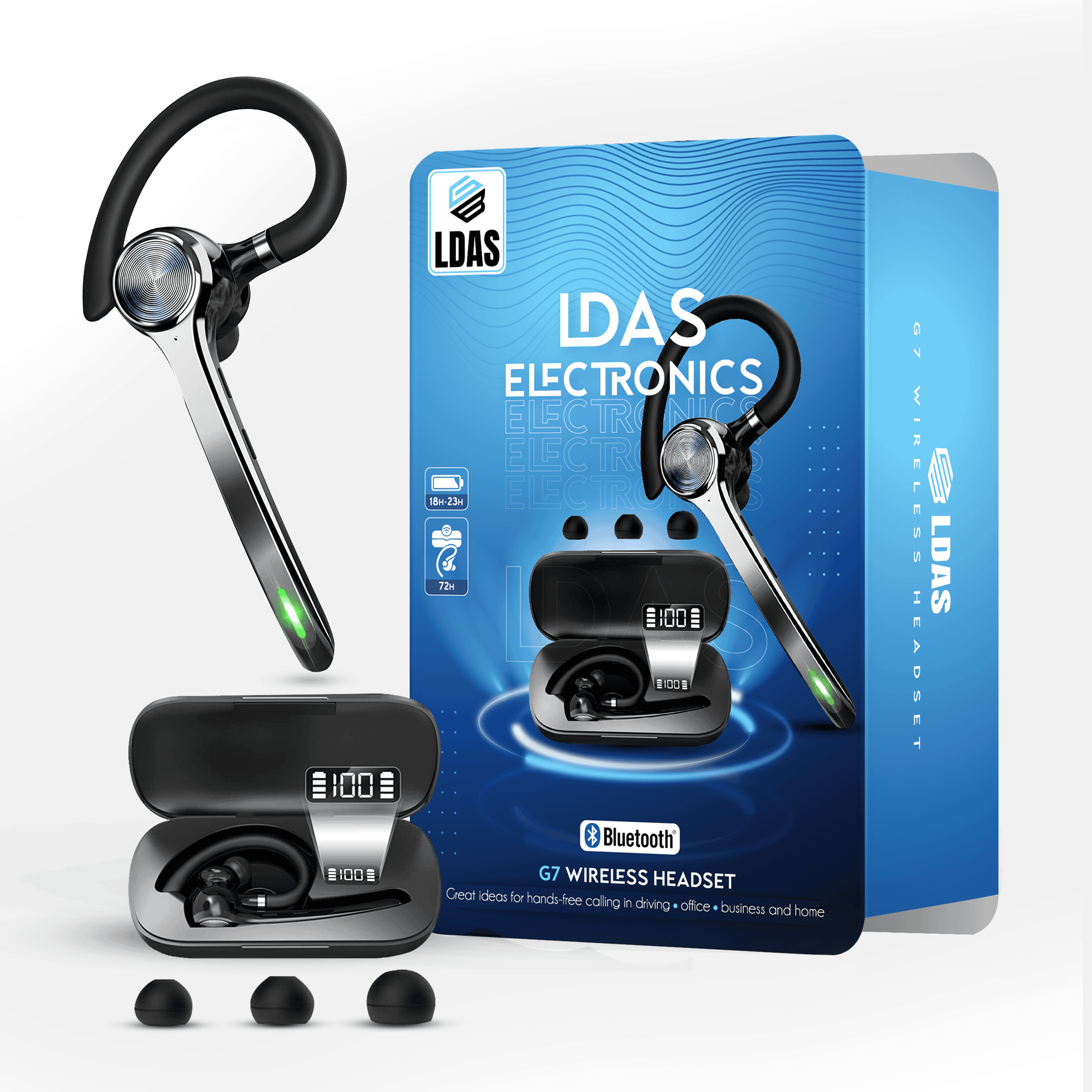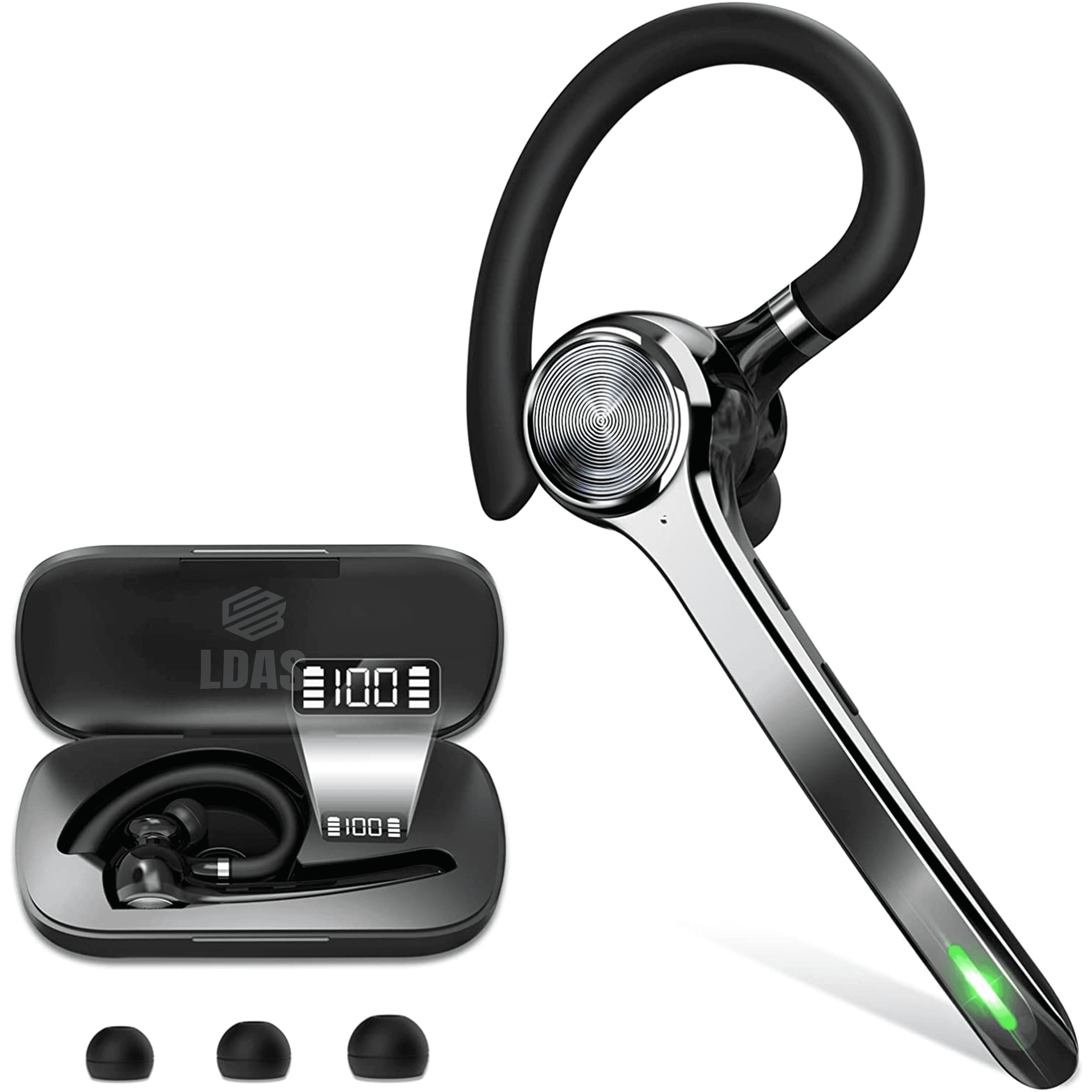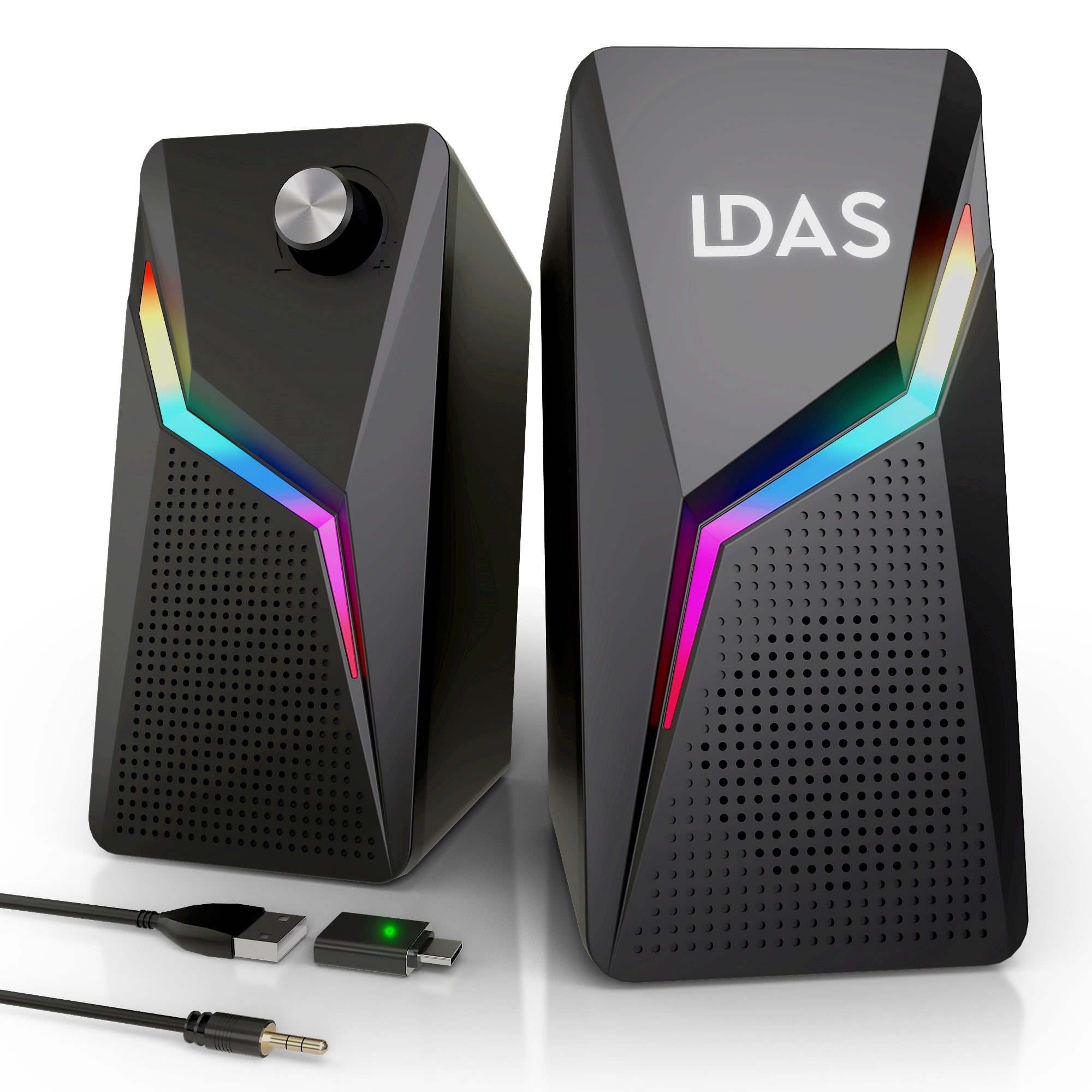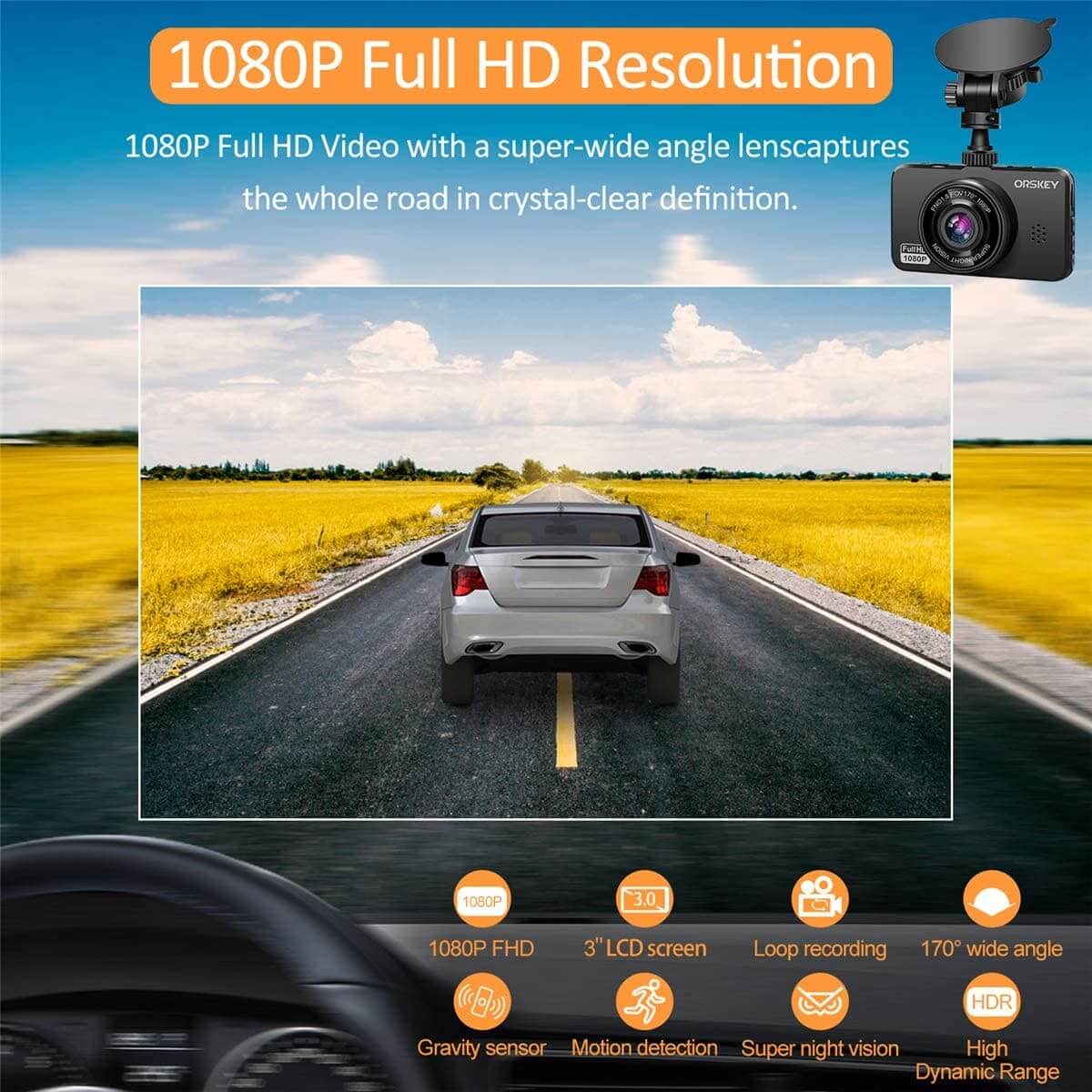The trucking industry in Canada is adapting to advancements in technology and stricter regulations in 2025. New developments in dash cam technology are enhancing safety and fleet management by providing critical insights into driver behavior and accident events. These devices are increasingly integrated with systems capable of monitoring risky actions, promoting safer roads, and improving compliance with strict safety standards.

Transportation safety standards for commercial vehicles in Canada emphasize compliance with technical requirements to ensure the safe operation of fleets. These include airbag alerts, lighting visibility regulations, and environmental compliance for heavy-duty trucks. Such measures aim to protect drivers and passengers while maintaining high safety benchmarks across the industry.
Adhering to federal and provincial trucking compliance standards remains essential for operators in Canada. These guidelines cover electronic logging devices, emission controls, and hazard warnings to keep fleets aligned with legal requirements. By leveraging advancements in vehicle technology, trucking companies are optimizing performance while ensuring full compliance with transportation legislation.
Key Takeaways
- Dash cam technology enhances fleet safety and monitoring.
- Compliance standards ensure safer, legally aligned fleets.
- Advanced systems streamline vehicle performance and diagnostics.
Overview of 2025 Dash Cam Technology

Dash cam technology in 2025 incorporates cutting-edge advancements that prioritize driver safety, regulatory compliance, and efficient data management. These devices are also closely integrated with systems designed to enhance visual awareness around vehicles, aligning with emerging transportation safety standards in Canada.
Latest Features in Dash Cameras
Modern dash cameras include high-definition video recording capabilities, with 4K quality now becoming more common. This ensures clear footage that can aid in accident investigations and performance monitoring.
Additional features include AI-powered analytics to detect risky driving behaviors, such as abrupt braking or distracted driving. Some cameras also provide real-time driver alerts, helping prevent accidents by encouraging corrective actions on the road.
Dual-facing dash cams, which monitor both the road and the interior of the cabin, are widely used to ensure complete coverage. Many models are equipped with night vision technology and wider-angle lenses to enhance visibility in low-light or poor weather conditions.
Integration with Perimeter Visibility Systems
With Transport Canada mandating perimeter visibility systems for school buses to improve safety, dash cams are increasingly integrated with these systems. This collaboration allows trucks and buses to maintain a comprehensive view of their surroundings, minimizing blind spots.
Some advanced systems pair dash cams with external sensors, such as ultrasonic or radar-based systems, to provide 360-degree coverage around the vehicle. This assists not only in preventing collisions but also in meeting Canada’s stringent transportation safety standards.
Data Security and Storage Options
Dash cams now offer secure methods for storing and handling recorded footage. Options like cloud storage are becoming the norm, enabling real-time uploads and easy access to videos from remote locations. These systems are often encrypted to comply with privacy laws and prevent unauthorized access.
For fleets with limited connectivity, onboard storage devices like SD cards with high storage capacities are still widely available. Some devices feature automatic overwrite functions, ensuring the latest data is always retained without manual intervention.
Modern dash cams also include customizable retention schedules, making it easier for fleet operators to delete older footage in compliance with data retention policies.
Trucking Compliance Standards in Canada

Trucking compliance in Canada ensures that commercial vehicles meet safety and regulatory requirements established by Transport Canada. These standards cover vehicle equipment, operating costs, and proper documentation to promote safe and efficient transportation across the country.
Transport Canada Regulations
Transport Canada enforces strict guidelines to ensure the safety of commercial motor vehicles. These regulations address the use of technologies such as electronic logging devices (ELDs), mandatory to record driving hours automatically. They also include safety inspections, vehicle maintenance, and technical standards vehicles must adhere to before being imported or operated in Canada.
Specific rules also govern the mounting of safety tech like dash cams and GPS systems. As per new rules, devices can be mounted up to 8.5 inches below the upper edge of the windshield's swept area, ensuring driver visibility is not compromised.
Key Compliance Costs
Meeting compliance standards comes with several associated costs. Fleets may need to invest in certified electronic logging devices, which include initial purchase costs and potential subscription fees for data tracking. Regular vehicle inspections and maintenance also represent recurring expenses. Non-compliance can lead to fines, legal penalties, or increased insurance premiums.
Cost-efficiency is critical in fleet management. Companies often explore solutions like cost-effective ELD devices to align with regulations without heavily impacting their budgets.
Owner’s Manual and Documentation Requirements
Transport Canada mandates that vehicles carry an up-to-date owner’s manual or equivalent documentation. This is essential for compliance inspections and ensures drivers and operators have access to critical operational and safety information.
The manual must include details on operating procedures, maintenance schedules, and any installed safety systems. Failure to maintain or provide accurate documentation during an inspection could result in compliance violations.
Transportation Safety Standards for Commercial Vehicles
Commercial vehicles in Canada must adhere to strict safety standards designed to reduce accidents, enhance vehicle reliability, and ensure compliance with federal and provincial regulations. Key areas of focus include lighting systems, stability control technologies, and brake system monitoring.
Overview of Safety Regulations
Transport Canada enforces safety rules under the Motor Vehicle Safety Act. This includes requirements for lights, reflective markings, and other visibility features to prevent crashes. Provinces utilize the National Safety Code (NSC) as the standard for commercial motor vehicle regulations, covering maintenance schedules, inspection protocols, and cargo securement.
Key safety features include:
- Mandatory lighting systems for visibility.
- Comprehensive inspection frameworks outlined under NSC.
- Consistent adoption of federal regulations at the provincial and territorial level.
Electronic Stability Control System Requirements
Electronic Stability Control (ESC) systems are required for heavy vehicles to prevent skidding and rollovers. ESC works by detecting loss of traction and applying brakes automatically to individual wheels as needed.
The Technical Standards Document No. 108 mandates the integration of this technology for new commercial vehicles. ESC systems enhance driver control on slippery or uneven roads, particularly during sudden maneuvers or emergency braking situations.
Brake System Malfunction Indicators
Brake system malfunction indicators are critical for alerting drivers to defects or performance issues. These warning systems are mandatory under Transport Canada’s regulations and must meet criteria that ensure reliability.
Vehicles equipped with air brakes must have indicators that signal problems like air pressure drops or mechanical failures. Immediate responsiveness to such warnings significantly reduces the risk of brake-related accidents and ensures compliance with Canada’s Commercial Transport Compliance Guide.
Technical Requirements for Dash Cameras

Dash cameras in commercial vehicles must meet specific technical standards to ensure compliance with safety regulations and functionality. These standards cover aspects such as user controls, visibility indicators, and adherence to established regulations like Technical Standards Document No. 101.
Controls and Tell-Tales for Dash Camera Integration
Dash cameras must include intuitive and accessible controls for activation, adjustment, and playback. These controls should be positioned to avoid distracting the driver while remaining easy to reach.
Dash cam LDAS A20-Enhance your road safety with our Dash Cam Front and Rear Camera system, capturing 2.5k+720P+720P audio simultaneously. Featuring a Sony IMX335 STARVIS sensor and a f/1.8 aperture lens with 180° rotation, our car camera ensures superb night vision. The 3-channel dash cam includes loop recording on a 128GB SD card, seamlessly overwriting older videos (except locked files). With a G-sensor, collisions trigger automatic video locking, preventing overwrites.
Indicators and Sources of Illumination
Modern dash cameras often incorporate indicators that use light signals to display various operational states. These may include colors like green for active recording, red for an error, or blue for connectivity status.
Sources of illumination, such as infrared LEDs, are commonly used for recording in low-light conditions. These LEDs must be carefully designed to prevent glare or distractions while preserving clear visibility for nighttime video capture.
Placement of lights and indicators should comply with mounting rules, such as those outlined in DOT mounting guidelines, which specify maximum mounting positions to avoid interference with the driver’s view.
Technical Standards Document No. 101
In Canada, dash cameras used in commercial vehicles must follow Technical Standards Document No. 101, which governs controls and displays in motor vehicles. This document ensures that all devices, including dashboard cameras, are compatible with broader vehicle safety systems.
The regulations in this document address factors like labeling, visibility, and device integration. For example, dashboard-mounted technologies must maintain compliance with Motor Vehicle Safety Regulations to avoid interfering with critical safety mechanisms, such as those related to lighting or brakes.
Vehicle Systems Monitoring and Diagnostics

Modern vehicles, especially those used in trucking, rely on advanced systems to monitor vital functions. These technologies ensure safety, compliance, and efficiency by keeping track of critical metrics and alerting drivers to potential issues.
Monitoring Speedometers and Odometers
Speedometers provide real-time data on the vehicle’s speed, which is essential for compliance with transportation regulations. Maintaining accurate records of speed helps fleets avoid penalties and enhances road safety.
Odometers track the total distance traveled by the vehicle, a key metric for scheduling maintenance and ensuring longevity. Accurate odometer readings are critical in fleet management to adhere to preventive maintenance schedules and optimize vehicle performance.
DashCam LDAS E3
Modern diagnostics systems include alerts for the passenger air bag deactivated tell-tale. This warning indicates whether the air bag is inactive, which can be crucial for ensuring passenger safety in emergencies.
Additional alerts notify drivers of malfunction indicators, such as low brake pressure or low brake fluid. These warnings help drivers address mechanical issues promptly, reducing risks of system failure while on the road.
Fuel Level, Oil Pressure, and Engine Coolant Temperature
Fuel level monitors ensure drivers are aware of consumption and can plan refueling stops efficiently. Preventing unnecessary fuel depletion not only helps with compliance but also minimizes downtime on long hauls.
Oil pressure gauges alert operators to drops in pressure, which can indicate potential engine damage. Immediate action based on these diagnostics helps maintain engine health.
Monitoring engine coolant temperature is essential to prevent overheating and severe damage to engine components. Proper temperature regulation is a critical part of maintaining operational efficiency in trucks and other heavy vehicles.
Lighting and Visibility Standards for Canadian Fleets

Proper lighting and visibility systems are crucial for maintaining safety and compliance on Canadian roads. These systems, including specific lamps and windshield mechanisms, are regulated to enhance visibility, especially in low-light and adverse weather conditions.
Requirements for Tail, Parking, and Licence Plate Lamps
Tail lamps must remain illuminated whenever the headlamps or daytime running lights are activated. These lamps should provide consistent red light, making vehicles clearly visible to other drivers from the rear.
Parking lamps are designed to improve visibility when a vehicle is stationary and must emit a steady amber or white light on the vehicle's front and a red light on the rear, depending on their placement.
Licence plate lamps are required to illuminate the vehicle’s rear licence plate. These must emit white light and ensure the plate is legible from at least 15 meters.
LDAS Dash Cam
LDAS's dual dash camera system provides peace of mind while driving with its front and rear cameras capturing all road details in super clear full HD resolution. With superior night vision, a high-performance chip, and reliable recording, it offers excellent video quality and robust evidence. Premium features like loop recording, G-sensor, and parking monitoring ensure a safe driving experience. Includes a warranty and a high-endurance micro-SD card for convenience
Identification lamps are installed on the front and rear of large vehicles to indicate their width. These lamps need to be grouped in threes and must emit a steady amber (front) or red (rear) light.
Clearance lamps mark the vehicle's dimensions and are crucial for identifying its extreme edges. As with identification lamps, they must emit amber light in the front and red light at the rear.
Windshield Wiping and Washing Systems
Windshield wiping systems must operate effectively at various speeds to ensure a clear view for the driver. They are essential for removing rain, snow, and debris from the windshield, especially during inclement weather.
Windshield washing systems are required to spray cleaning fluid across the windshield to assist wipers in maintaining optimal visibility. Canadian standards ensure these systems function reliably in freezing conditions by mandating the use of cold-weather-resistant fluids.
School Bus Safety and Infraction Cameras
Efforts to improve school bus safety in Canada have led to advancements such as infraction cameras and enhanced safety technologies. These measures aim to protect students and reduce dangerous driving behaviors near school buses.
Task Force on School Bus Safety Initiatives
A dedicated task force in Canada has been working to strengthen school bus safety by introducing new technologies and policies. One focus has been on perimeter visibility systems, which improve driver and pedestrian awareness around buses.
The task force also emphasized educational campaigns to inform motorists about the rules regarding stopped school buses and the hazards of passing them illegally. These efforts aim to address common safety concerns and reduce the risk of accidents involving children.
Implementation of Infraction Cameras
Infraction cameras are a key innovation improving school bus safety. These cameras are designed to monitor and record vehicles that illegally pass stopped school buses, a violation that puts children at significant risk.
By 2027, all new school buses in Canada are expected to be equipped with such surveillance systems to discourage unsafe driving behaviors. These cameras work by capturing video and license plate data, which can then be used to issue fines and penalties to offenders.
This regulatory measure also aligns with Transport Canada's strategy to enhance student transportation safety through technological solutions.
Advanced Troubleshooting and Maintenance

Effective troubleshooting and maintenance of truck systems involve identifying signs of wear, addressing system alerts promptly, and utilizing tools to ensure compliance with safety standards. This helps ensure smooth operations while minimizing costly breakdowns.
Detecting Brake Lining Wear-Out Condition
Brake linings play a critical role in vehicle safety. Over time, these components wear down and require replacement to maintain braking performance. Regular inspections are essential to detect wear-out conditions early. Technicians should monitor both thickness of the lining and uneven wear patterns to avoid system imbalance.
A warning sign for brake lining issues can include longer stopping distances or squealing noises during braking. Many modern trucks are equipped with wear sensors, which notify operators when linings reach a critical wear level. Proper maintenance involves replacing worn linings immediately and testing the braking system after installation.
| Indicator | Potential Problem | Recommended Action |
|---|---|---|
| Thinner brake lining | Risk of reduced braking ability | Replace the lining |
| Uneven wear | Misaligned parts or damage | Realign or repair components |
Parking Brake and System Alerts
Parking brake systems are critical for preventing rollaway incidents. Operators must ensure the parking brake is applied fully when the vehicle is stationary. Many trucks now include automated alerts to indicate whether the parking brake has been engaged or if there is system failure.
Common parking brake issues can stem from cable malfunctions or low air pressure in air brake systems. Technicians should inspect for rust on cables, assess air pressure levels, and review dashboard alerts. Testing brake hold strength during maintenance sessions ensures the system operates as intended.
Regular attention to these alerts and mechanisms reduces the likelihood of accidents and ensures compliance with transportation safety standards.
Cabin Controls and Comfort Systems

Modern cabin controls and comfort systems in trucks are designed to enhance driver efficiency, ensure safety, and maintain comfort during long hauls. These systems provide seamless integration of essential functionalities like transmission control and temperature management.
Automatic Transmission Control Position Indicators
Automatic transmission control position indicators are vital for ensuring the driver is always aware of the current gear selection. These indicators are typically displayed on dashboards to provide a clear and easily visible representation of gear positions such as park, reverse, neutral, and drive.
Many trucks now feature digital displays that enhance visibility under various lighting conditions. Other advancements include LED-lit indicators that provide additional clarity during nighttime operations. By integrating these systems with onboard diagnostics, trucks alert drivers to potential malfunctions, minimizing safety risks.
Heating or Air-Conditioning Fan Operation
Maintaining climate control in the cabin is essential for driver comfort, particularly during extreme weather conditions. Trucks are now equipped with automatic fan control systems that adjust airflow based on the temperature set by the driver.
Air-conditioning fans often feature adjustable speed settings, allowing drivers to customize airflow intensity. Additionally, many systems now use energy-efficient technology to reduce fuel consumption while maintaining effective heating or cooling performance. Intuitive controls ensure that adjustments can be made quickly and with minimal distraction from the road.
Airbag and Occupant Protection Alerts

Airbag systems are crucial for minimizing injury during collisions, but they must function correctly to provide safety. This section discusses key aspects such as identifying airbag malfunctions and strategies for managing side airbag issues.
Diagnosing Airbag Malfunction Signals
Modern vehicles feature sensors that detect errors in the airbag system. These are commonly indicated by a warning light on the dashboard. In Canada, compliance with motor vehicle safety regulations ensures that such alerts adhere to strict technical standards.
Steps to Identify Issues:
- Observe Dashboard Indicators: Look for the illuminated airbag warning light. It indicates a potential system fault.
- Perform Diagnostic Testing: Utilize an onboard diagnostics (OBD) scanner to retrieve error codes linked to airbag components.
- Inspect Electrical Connections: Faulty wiring or loose connectors can disrupt airbag functionality.
Common Causes of Malfunctions:
- Damaged crash sensors
- Faulty wiring harnesses
- Outdated or defective software in the airbag control module
Swift action on airbag alerts supports both driver safety and compliance with Canadian transportation safety standards.
Managing Side Airbag Malfunction
Side airbags are integral to protecting passengers during side-impact collisions. A malfunction in these can drastically reduce safety.
Key Indicators:
- A specific side airbag warning light
- Reduced responsiveness during diagnostic testing
Preventive Measures:
- Regular vehicle inspections under Canada’s technical standards for crash protection.
- Ensuring up-to-date electronic systems to avoid control unit failures.
Technological advancements in 2025 also incorporate side airbag testing into routine compliance checks for commercial trucks and passenger vehicles alike.
Environmental and Emission Compliance for Heavy-Duty Vehicles

Environmental regulations in Canada ensure that heavy-duty vehicles operate responsibly by limiting greenhouse gas emissions and maintaining compliance with strict environmental standards. These measures aim to reduce pollution and contribute to a sustainable transportation sector.
Canadian Environmental Protection Act Standards
The Canadian Environmental Protection Act (CEPA) establishes the framework for reducing air pollution and greenhouse gas emissions from vehicles. Under CEPA, regulations apply to both manufacturers and operators of heavy-duty vehicles, requiring adherence to strict emission standards.
Key requirements include:
- Performance-based limits: Manufacturers must design vehicles that meet specified limits on pollutants such as nitrogen oxides (NOx) and particulate matter.
- Emission testing: Vehicles undergo comprehensive emission tests to verify compliance before they can be sold or used commercially.
- Annual reporting: Companies are required to submit data on emissions to demonstrate ongoing compliance with guidelines.
Significant fines and penalties may apply to non-compliant entities under CEPA’s enforcement provisions.
Heavy-Duty Vehicle Greenhouse Gas Emission Regulations
The Heavy-Duty Vehicle and Engine Greenhouse Gas Emission Regulations set specific standards to minimize greenhouse gas emissions. These regulations target vehicles such as highway tractors, buses, and work trucks.
Details of the regulations include:
| Vehicle Type | Emission Standard Focus |
|---|---|
| Highway Tractors | CO₂ emission reductions per mile |
| Buses and Dump Trucks | Fuel efficiency and CO₂ output |
Manufacturers must also develop engines that comply with advanced technologies aimed at reducing emissions, such as improved aerodynamics and lightweight materials. Adherence is essential for businesses aiming to operate legally in Canada’s transportation sector.
Hazard Warning Signal Functions and Best Practices
Hazard warning signals, commonly known as hazard lights or flashers, are used to indicate a stopped or slow-moving vehicle, signaling potential danger to other drivers. They are essential in emergency situations and are a critical component of transportation safety.
Functions of Hazard Warning Signals:
- Vehicle Breakdown: Activating hazard lights informs drivers of a stationary vehicle due to mechanical issues, helping prevent collisions.
- Emergency Stops: When stopping abruptly, hazard signals act as a warning to surrounding traffic.
- Weather Conditions: They can be used during severe weather, such as heavy rain or snow, to improve visibility.
- Transporting Wide Loads: Hazard lights may accompany the use of other warning systems when oversized loads are transported.
Best Practices for Using Hazard Signals:
- Use Appropriately: Avoid misuse. Hazard lights should not replace turn signals or other standard lights in non-emergency situations.
- Maintain Lights: Regular inspections are crucial to ensure functionality, especially for commercial trucks and vehicles adhering to regulations in Canada.
- Pair with Other Measures: When safe, use cones, reflective triangles, or flares alongside hazard lights to enhance road safety.
- Comply with Regulations: Commercial drivers in Canada must ensure hazard warning systems meet the Motor Vehicle Safety Regulations for functionality and design.
Components to Inspect:
| Component | What to Check |
|---|---|
| Bulbs | Proper illumination |
| Electrical System | Stable wiring connection |
| Dash Controls | Clear visibility of activation button |
Timely use and maintenance of hazard warning signals are fundamental to helping prevent accidents and maintain compliance with Canadian safety standards. They remain one of the simplest yet most effective ways to communicate danger on the road.
Frequently Asked Questions

By 2025, advancements in trucking technology and transportation safety standards in Canada have shaped how fleets operate, comply with regulations, and ensure safety. The following topics address key aspects related to dash cams, electronic logging devices (ELDs), and regulation oversight.
How has dash cam technology evolved in the trucking industry by 2025?
Dash cam technology now incorporates features like AI-based analysis for detecting unsafe driving patterns and collision avoidance alerts. Cloud storage allows real-time video uploads, improving incident transparency. Cameras also provide broader visibility, covering blind spots to enhance road safety for both truck drivers and other motorists.
What are the ELD compliance requirements for trucking companies operating in Canada?
Trucking companies must use certified ELD devices that record hours of service electronically to ensure compliance with federal regulations. The devices must prevent tampering and adhere to performance standards set by Canadian authorities to properly track rest and driving periods.
What are the penalties for non-compliance with ELD regulations for trucks in Canada?
Non-compliance can result in fines, suspension of operating licenses, or restrictions on fleet operations. Repeat violations may lead to more severe consequences, including vehicle impoundment. Companies failing to use certified devices risk penalties tied to hours-of-service infractions.
How do transportation safety standards in Canada compare to international benchmarks in 2025?
Canada's transportation safety standards emphasize rigorous vehicle testing and certification processes. In comparison to international benchmarks, such as those set by the United States and Europe, Canada maintains comparable stringent guidelines for automated and connected technologies to minimize risks.
What are the current exemptions from log book requirements for truckers in Canada?
Exemptions apply to truckers operating within a 160-kilometer radius from their home terminal or driving vehicles under specific weight thresholds. Special circumstances, such as carrying certain types of cargo, may also result in permissible log book exemptions.
Who is responsible for regulating the safety and standards of trucks and trucking operations in Canada?
The regulation of vehicle safety and standards for trucking operations falls under the jurisdiction of Transport Canada. This authority oversees compliance frameworks, implements new technologies, and ensures adherence to both national and international safety protocols.












